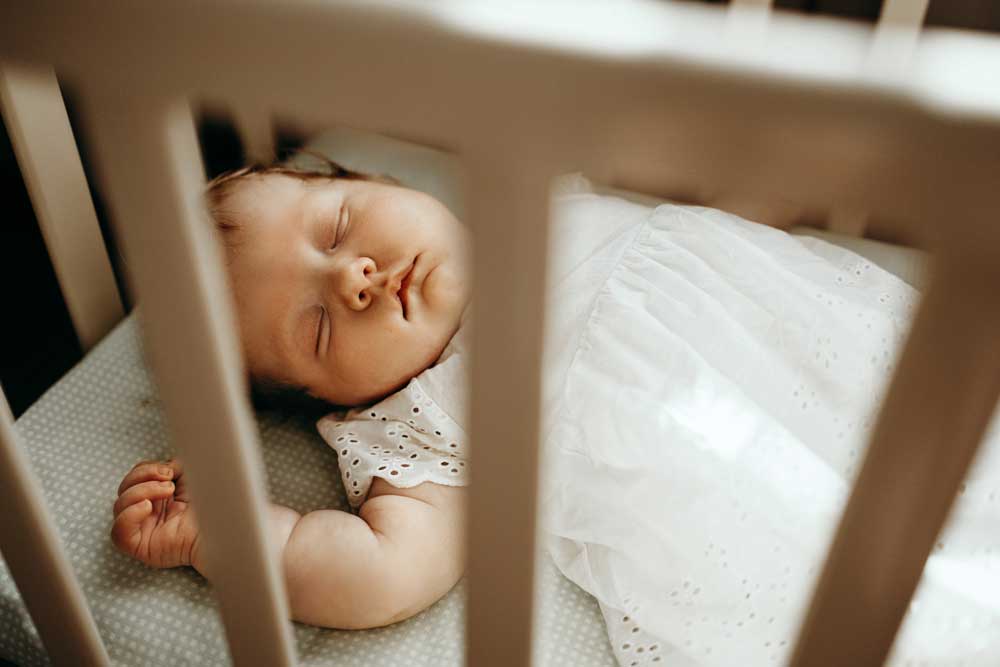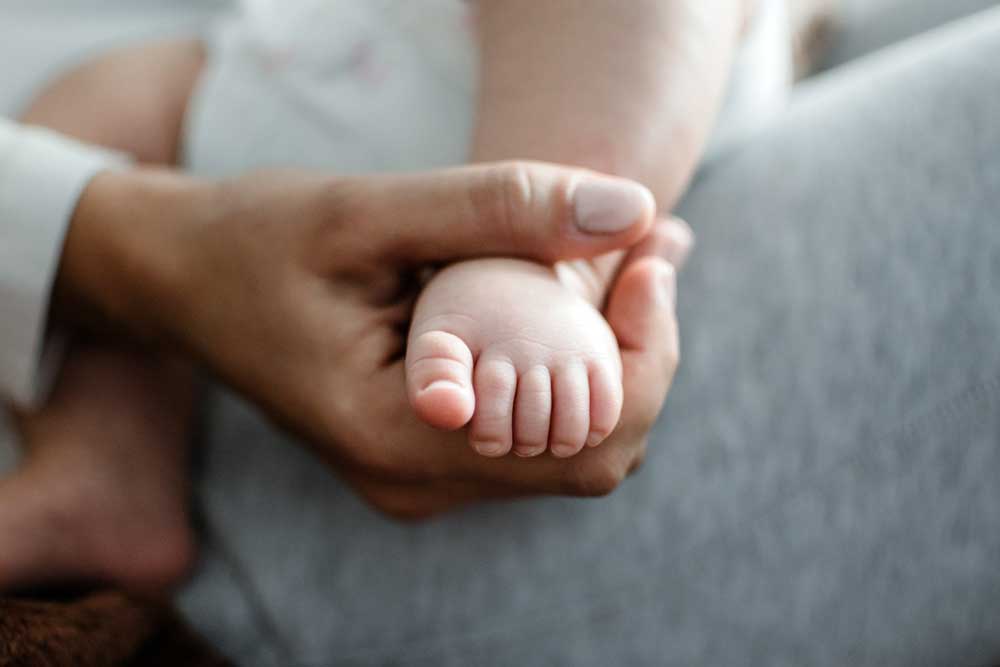
Safe Sleep Practices for Infants: Preventing the Risk of SIDS
Welcoming a newborn into your life is a momentous occasion, and ensuring their safety and well-being is your top priority. One of the most critical aspects of infant care is safe sleep practices. Sudden Infant Death Syndrome (SIDS) remains a concern for parents, but with the right knowledge and precautions, the risk can be significantly reduced.
In this comprehensive guide, we will explore safe sleep practices for infants and how a well-chosen baby cot bed can make a difference. We’ll also introduce you to essential baby products available at our online shop, designed to enhance your baby’s sleep environment and provide peace of mind.
Understanding SIDS
Sudden Infant Death Syndrome (SIDS) is the sudden and unexplained death of a seemingly healthy baby during sleep, typically under one year of age. The exact cause of SIDS is unknown, but safe sleep practices can significantly reduce the risk.
Choosing a Safe Sleep Environment
Selecting a safe baby cot bed is crucial. It should meet safety standards and provide a firm, flat sleep surface with a well-fitted mattress. The U.K. Lullaby Trust advises against co-sleeping with your baby. Instead, place your baby in their own sleep space.
Safe Sleep Position
Always place your baby on their back to sleep. This position is recommended to reduce the risk of SIDS. Encourage tummy time during supervised awake hours to help your baby develop strong neck and shoulder muscles.
Sleep Environment
While room-sharing with your baby is recommended, bed-sharing is not. Keep your baby’s sleep area close to your bed for the first six to twelve months. Maintain a comfortable room temperature and ensure your baby is not overdressed to prevent overheating.
Remove loose bedding, pillows, and stuffed animals from your baby’s sleep area. These items pose suffocation hazards. Ensure the crib or cot bed has a fitted sheet that securely covers the mattress.
Pacifiers
Research suggests that offering a pacifier at naptime and bedtime may reduce the risk of SIDS. Wait until breastfeeding is well-established, usually around one month, before introducing a pacifier. Avoid attaching the pacifier to your baby’s clothing or any strings, as these can pose strangulation risks.
Smoke-Free Environment
Keep your home and car smoke-free. Babies exposed to secondhand smoke are at a higher risk of SIDS. Breastfeeding can lower the risk of SIDS, so consider breastfeeding or providing expressed breast milk to your baby.
Immunizations
Follow the recommended vaccination schedule for your baby. Vaccinations can help protect against infections that might contribute to SIDS. If you have concerns about vaccines, discuss them with your pediatrician to make an informed decision.
Monitoring Your Baby
Consider using audio and video monitors to keep an eye on your baby while they sleep. These tools provide added peace of mind. Use a room thermometer to ensure the sleep environment is at an optimal temperature, typically between 68°F and 72°F (20°C to 22°C).
Safe Sleep Away from Home
Invest in a crib that meets safety standards. Ensure your baby has a safe sleep environment even when you’re away from home. Educate friends and family about safe sleep practices to ensure your baby sleeps safely no matter where they are.
Swaddling and Sleeping Bag
If you choose to swaddle your baby, ensure it’s done safely, with enough room for your baby’s hips to move and breathe. Consider using sleep sacks as an alternative to loose blankets. They keep your baby warm without the risk of covering their face.
Parental Awareness
Stay aware of the latest guidelines and recommendations for safe sleep practices. These recommendations may evolve over time, so be prepared to adapt. While guidelines are important, your instincts as a parent are also valuable. If you have concerns about your baby’s safety or sleep, don’t hesitate to reach out to your pediatrician.
Conclusion
Prioritizing safe sleep practices for your infant is a vital responsibility of parenthood. Choosing a baby cot bed that meets safety standards and adhering to guidelines for sleep positioning and sleep environment significantly reduces the risk of SIDS.
As you embark on this journey into parenthood, remember that knowledge and adherence to safe sleep practices are your strongest allies in reducing the risk of SIDS. Prioritize your baby’s safety and well-being, and provide them with the comfort and security of a well-chosen baby cot bed.









